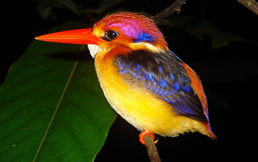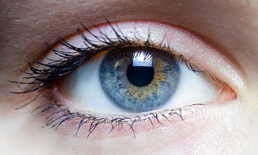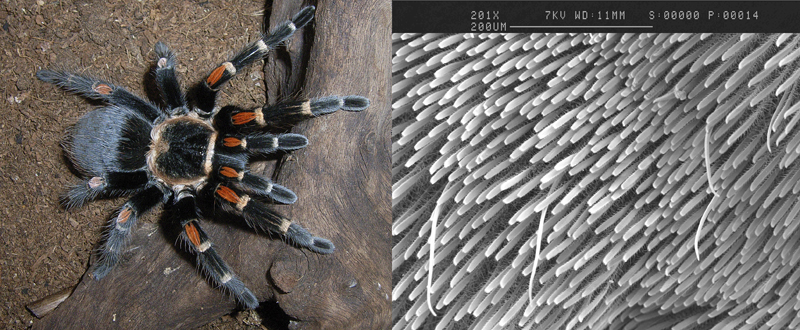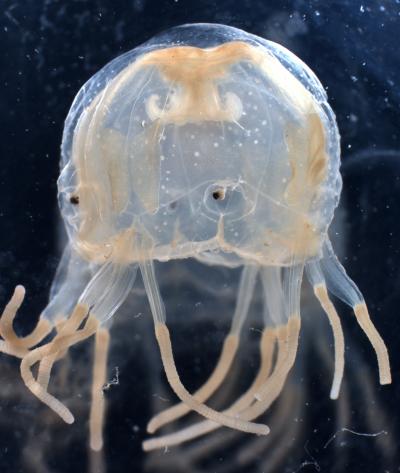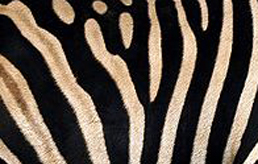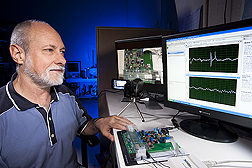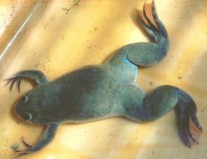Podcast for 24 June 2011 – Birds of a Feather
The genes behind unfaithful finches, mapping the diversity of bird plumage colors, what feathers can tell us about pollution, and what baby birds drink. Also: could living with a dog or cat decrease a child's risk of developing allergies?


